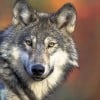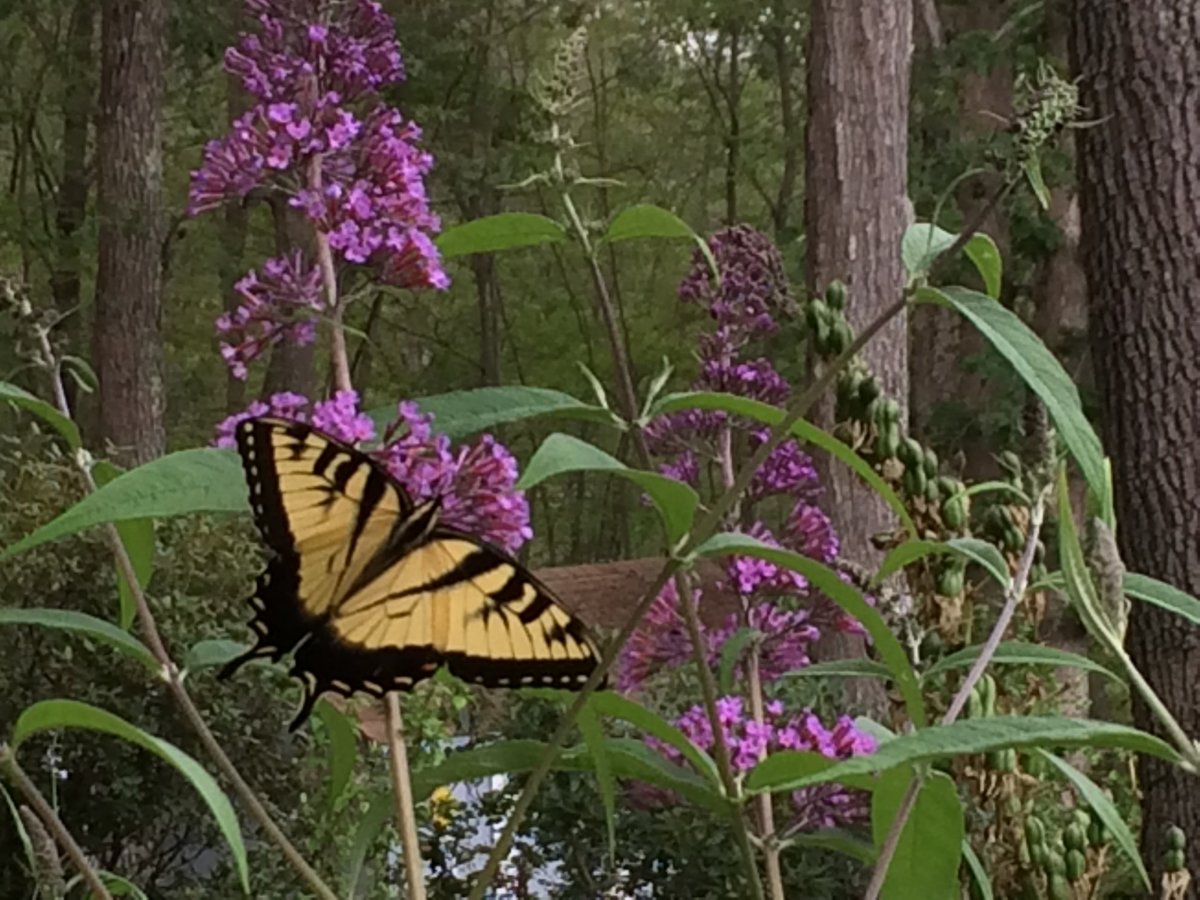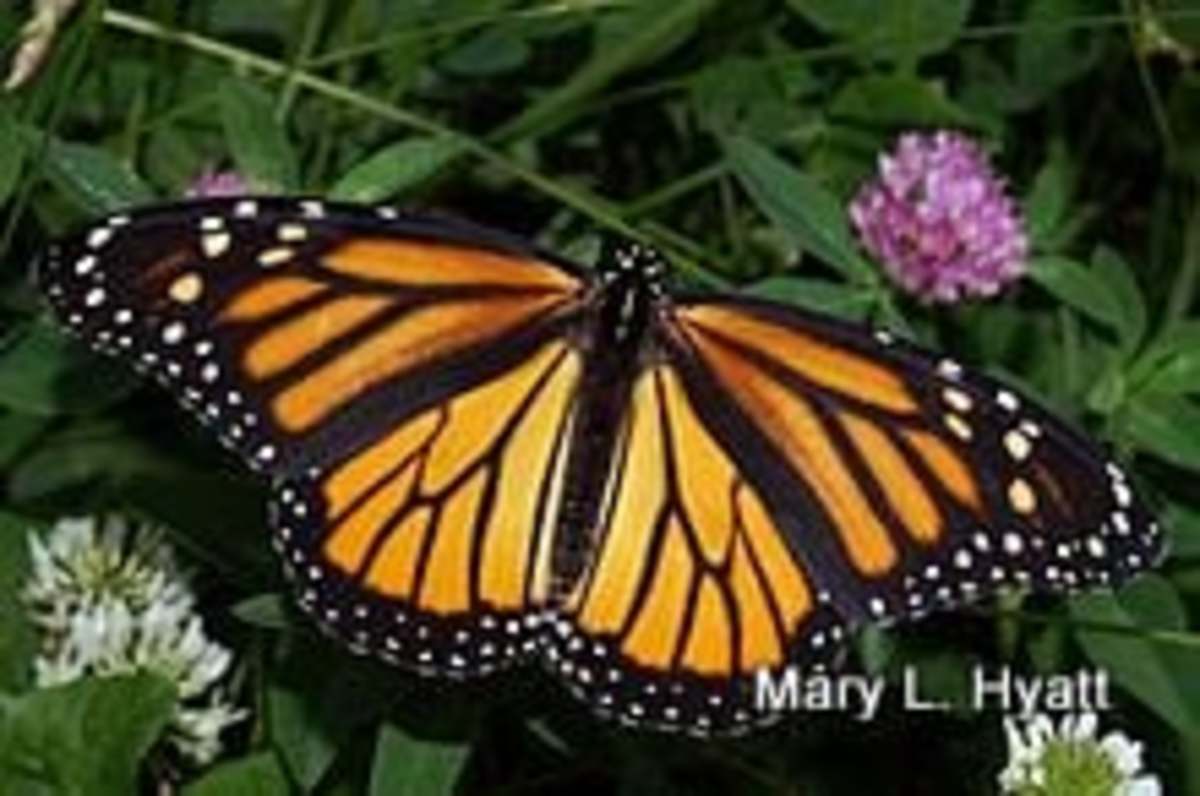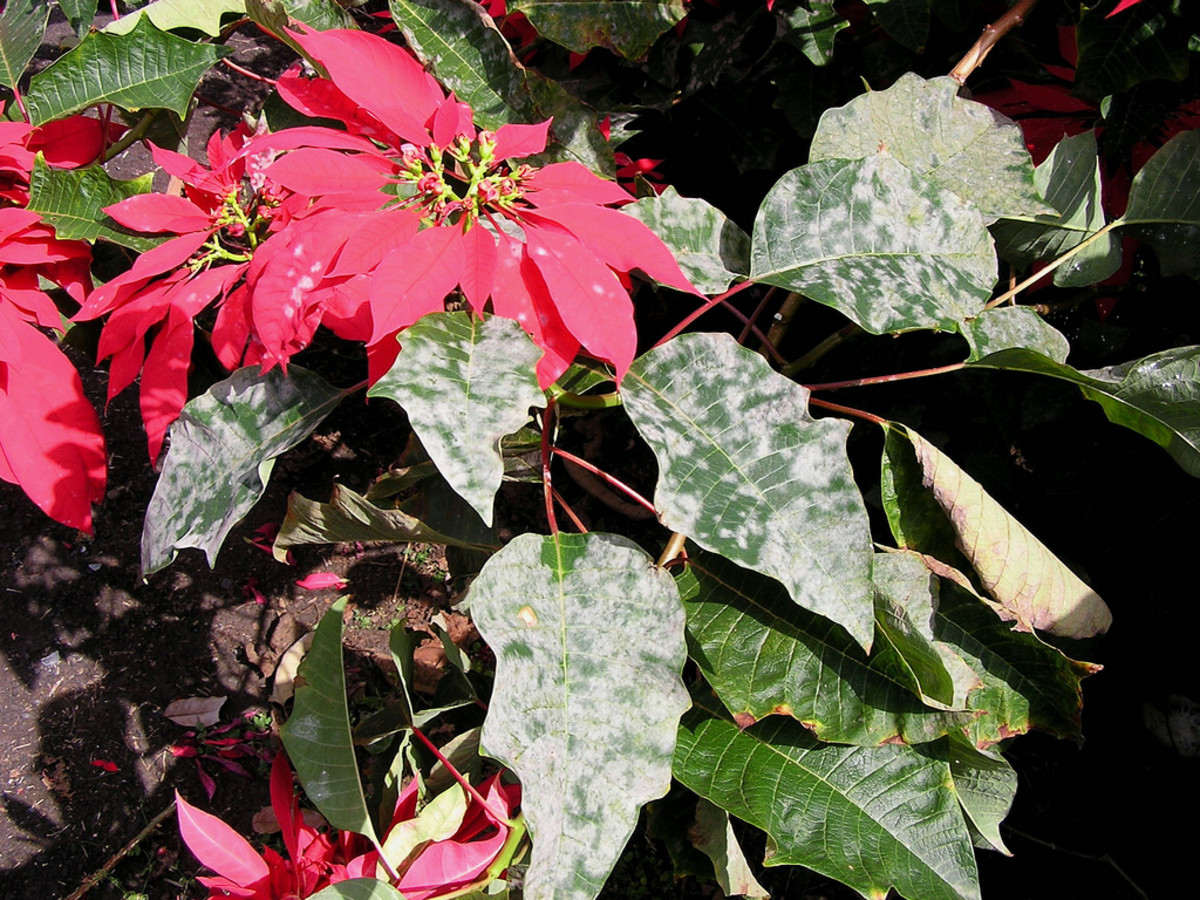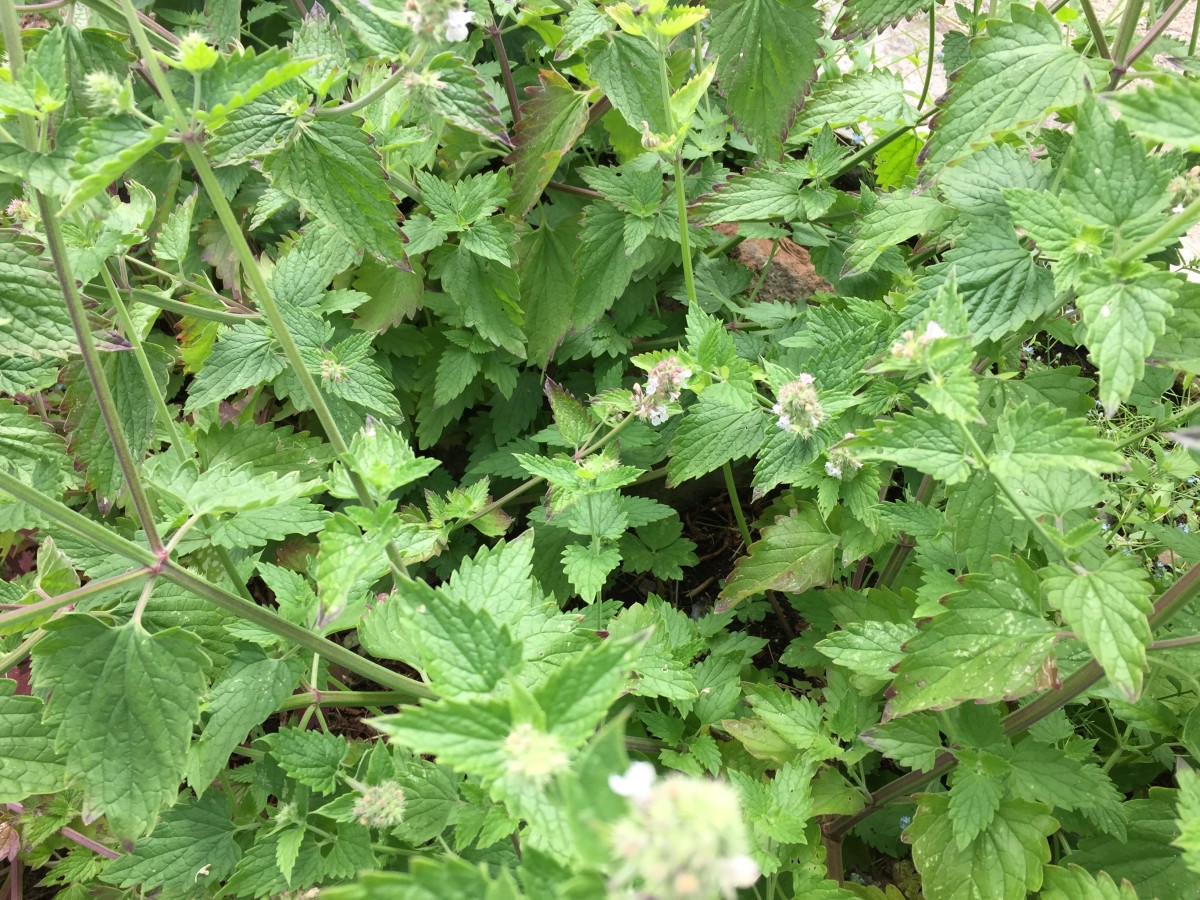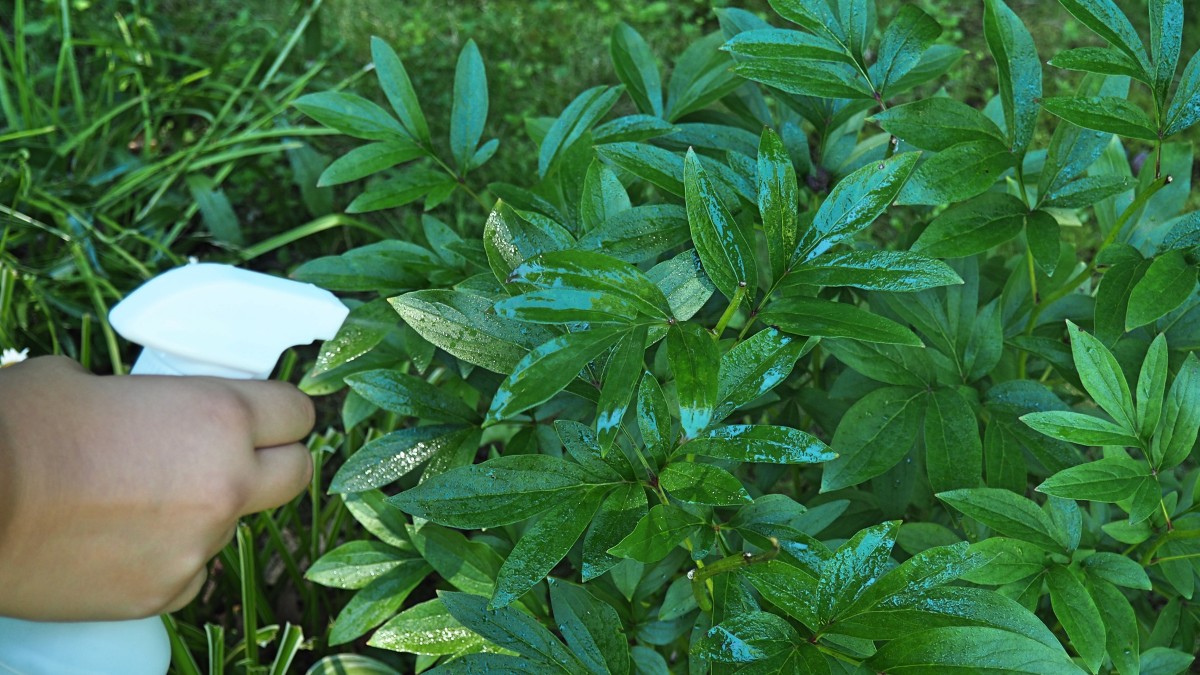Attracting Butterflies With Prairie Plants
Whether you live on an acreage or a small city lot, it's easy to attract butterflies to your garden with native prairie plants.
Butterfly Gardening Books
The Basics of Butterfly Gardening
Like all wildlife, butterflies are looking for three main things in life: food, water, and shelter. However, providing food for butterflies is a little more complicated than providing food for birds or small mammals, because the nutritional needs of adult butterflies are often completely different from the nutritional needs of their caterpillar larvae. Therefore, when planning a butterfly garden, it's extremely important to provide both nectar plants, for adult butterflies to sip, and host plants, for caterpillars. Fortunately, many species of prairie plants do provide both nectar and host plants.
It is also extremely important to learn a little about what butterfly species are native to your region. Although a few species, such as our beloved native Monarch Butterfly and the less-beloved European import, the Cabbage Butterfly, live throughout most of the continental United States, many other species are native only to one particular region. Additionally, although a few caterpillars are generalists, capable of eating plants from many different families, most caterpillars can eat plants only from a single family, or even a single species, due to the toxins that plants use to protect themselves against predation. Most caterpillars will starve to death before eating any other kind of plant, and would soon die anyway from the unfamiliar toxins if they tried. Good host plants are almost always native to the butterfly's native region, and the few exceptions, such as the taste of some Swallowtail species for the European import Queen Anne's Lace, are mostly members of the same family as the caterpillars' native host plant.
For this reason, this article is intended primarily for gardeners in my region: the Midwest and Great Plains, simply because I know the most about the native butterflies (and the native plants they prefer) of my own region. The principles, however, will be relevant wherever you live, and garden. For more general information, you can also check out How To Attract Butterflies to Your Yard.
What Butterflies are Native to My Area?
- Butterflies and Moths of North America
A searchable database of verified butterfly and moth records in the United States and Mexico. Search by species or map, down to the county level.
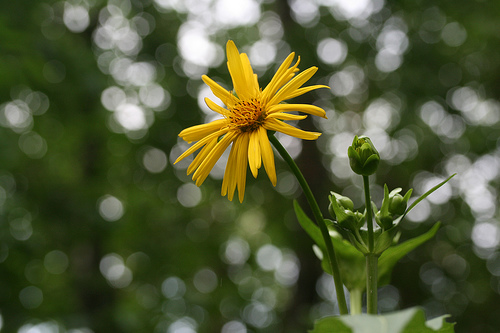
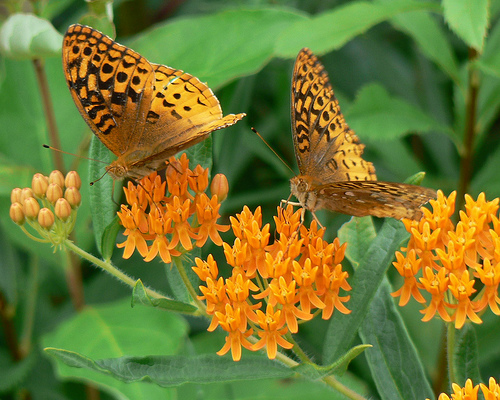

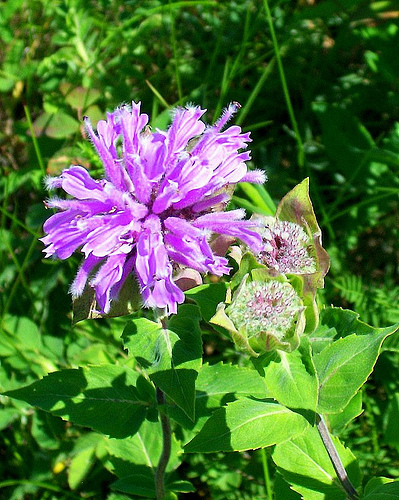
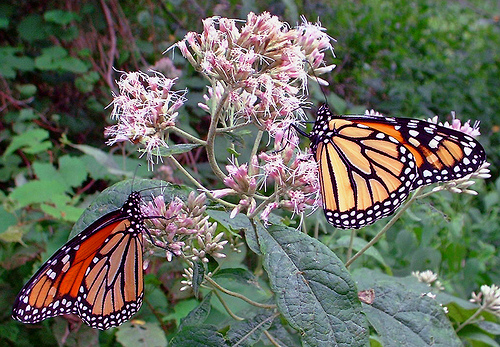
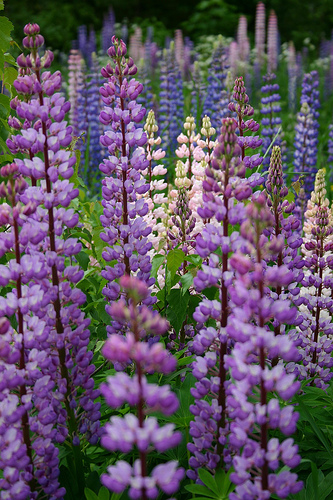
Recommended Wildflowers
Although your choice of wildflower species should depend on what species you are attempting to attract, here are a few recommendations. Unless otherwise stated, prairie plants prefer well-drained soil in full or partial sun.
Cupplant (Silphium perfoliatum)
A popular nectar plant that also provides an important water source for butterflies as it collects rainwater in its deep, cup-like leaves. Cupplant is also hugely popular with birds.
Butterflyweed (Asclepias tuberosa)
A showy and popular nectar plant for many species, Butterflyweed, a member of the Milkweed family, is also used as a host plant by Monarch butterflies, though Swamp Milkweed (Asclepias incarnata)is their favorite. Also popular with hummingbirds.
New England Aster (Aster novae-angliae)
A popular late season nectar plant for many species that acts as a host for attractive orange and black Pearl Crescent Butterflies.
Black-Eyed Susan (Rudbeckia hirta)
One of the most popular native prairie plants with gardeners, Black-Eyed Susans are excellent nectar sources.
Bergamot (Monarda fistulosa)
In addition to providing a unique and attractive bloom, this easy-to-grow plant is a popular nectar source for both butterflies and hummingbirds.
Joe Pye Weed (Eupatorium maculatum)
Another extravagently showy native wildflower that provides a popular nectar source for many species.
Purple Coneflower (Echinacea purpurea)
A popular nectar source for butterflies and hummingbirds, the seeds of the coneflower are popular with finches and other seed-eating birds, and the plants medicinal qualities are well-known.
Prairie Blazingstar (Liatris pycnostachya)
Another great plant for attracting butterflies, birds, and hummingbirds alike, Prairie Blazingstar also makes an extremely attractive cut flower. Meadow Blazingstar (Liatris ligulistylis) is another excellent choice, especially popular with Monarch butterflies.
Purple Prairie Clover (Dalea purpurea)
An attractive native legume that is a host plant for Dogface buterflies and is a popular nectar source for other species. Birds like the seeds and gardeners like the nitrogen-fixing abilities!
Lupine (Lupinis perennis)
The host plant of the endangered Karner Blue Butterfly is also a showy garden favorite.
Designing Your Butterfly Garden
Luckily, butterflies love a sunny meadow... which is also the perfect habitat for most of the wildflowers I've just listed. The best way to ensure you attract a wide variety of beautiful butterflies is to provide a diverse selection of plants, being careful to include both host and nectar plants. Ideally, you should include more than one of each plant species, especially for host plants, because many butterflies will not lay their eggs on a plant that already has too many other eggs. However, even a handful of potted plants on an apartment balcony is better than nothing.
Butterflies also need shelter from wind, weather, and predators, which can be provided by dense plantings of wildflowers, by incorporating native shrubs and trees (many of which also provide host or nectar services for butterflies - the oak family alone plays host to over 500 different species of caterpillar) into your landscape, or by making or purchasing a butterfly house.
Water can be provided via a small, shallow saucer, or by providing a puddling site, with water dripping onto rocks, pebbles, or sand. Another good source is large, rainwater collecting leaves, such as those of the cupplant.
And remember, NEVER use insecticides or other pesticides in a butterfly garden!
More Butterfly Gardening Resources
- North American Butterfly Associaton Butterfly Gardening and Habitat Program
Create a paradise for butterflies while encouraging habitat restoration, no matter how large or small an area you have. - Butterfly Conservation Initiative
The Butterfly Conservation Initiative is dedicated to the conservation of threatened, endangered, and vulnerable North American butterflies and the habitats that sustain them. Includes butterfly gardening information and resources. - The Butterfly House: Butterfly Gardening
Butterfly gardening information from the Missouri Botanical Garden's Butterfly House - Monarch Watch : Monarch Waystation Program
Information and resources to help you provide a safe haven for monarch butterflies - The Butterfly Farm: Butterfly Gardening Guide
It is very easy to attract butterflies to your own backyard, no matter how small or urban, and you can help to preserve these most brilliant and fascinating creatures.
